Make it safe. Keep it safe.Drink it safe
About Milk Safety
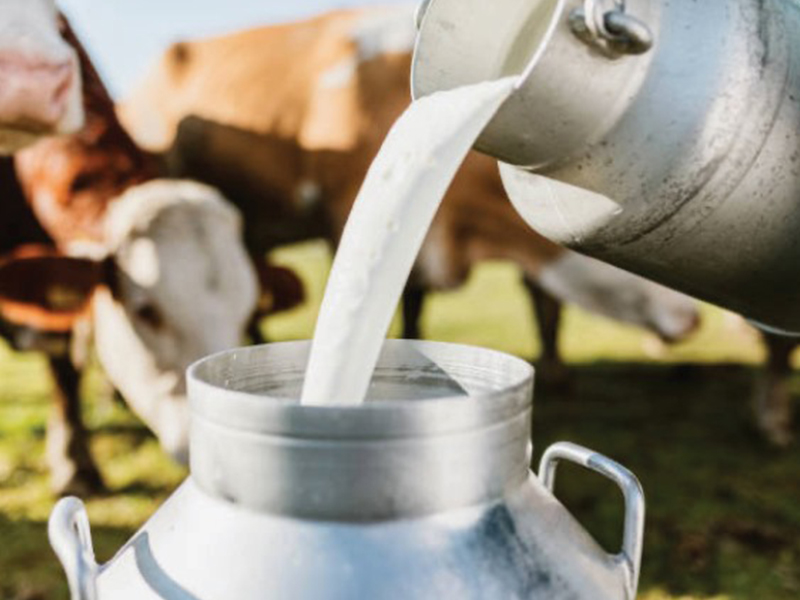
What is safe, quality milk?
Safe and quality milk, as defined by the Kenya Dairy Board, must be free from harmful levels of aflatoxins, antibiotic residues, and bacteria. Aflatoxin contaminated milk poses serious health risks, while antibiotic residues from overuse in animals create resistant bacteria and can trigger allergies, especially to penicillin. High levels of harmful bacteria further compromise milk quality and consumer health.
Aflatoxins are transmitted into the milk that we drink
Most people are aware of the presence of aflatoxins in cereals. A less known is that fact that aflatoxins can be transmitted through the cow and into the milk that we drink. Exposure to aflatoxins in milk can impact your and your family’s health. It can lead to stunting in children and is linked to the relatively high cancer burden in Kenya, especially liver cancer.
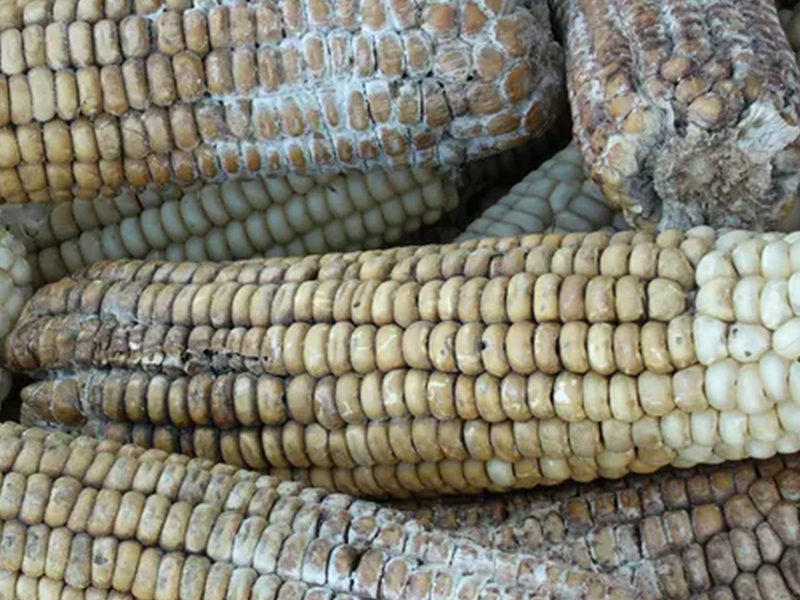
MIlk Safety
Reasons for milk contamination and safety concerns
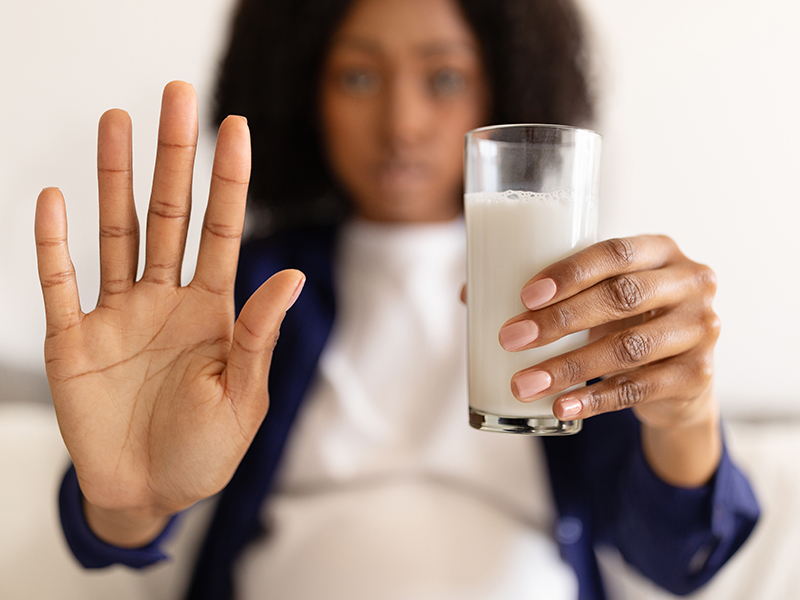
Milk contamination
Aflatoxins and bacteria contamination due to unhygienic milking practices (potentially containing harmful bacteria like E. Coli and Brucella).
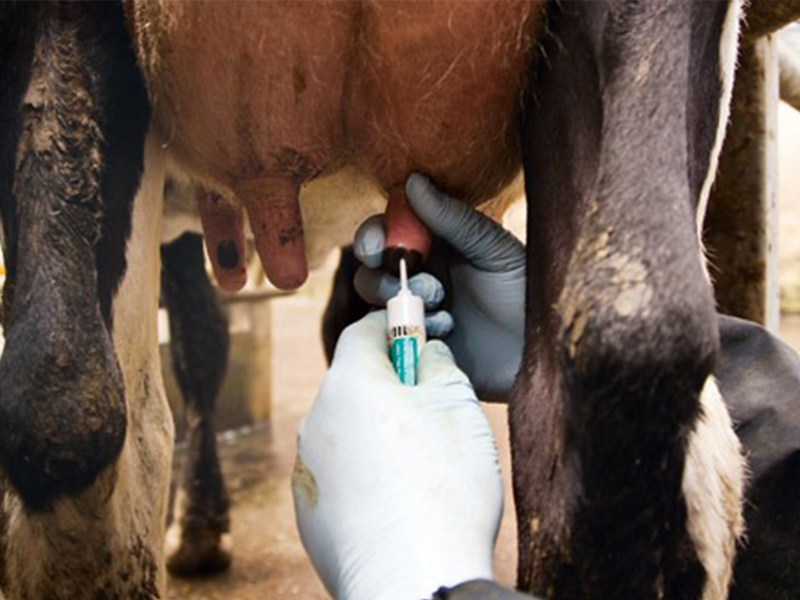
Antibiotics in milk
Antibiotics in milk that show up as residues from improper use and management of antibiotics in treatment of dairy cows.
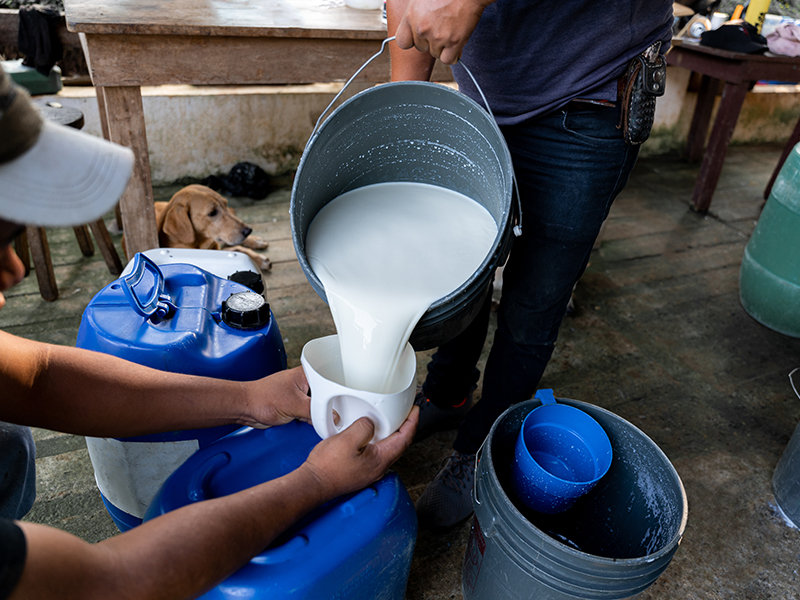
Milk adulteration
The deliberate addition of substances such as water or hydrogen peroxide compromises its quality and nutritional value.
